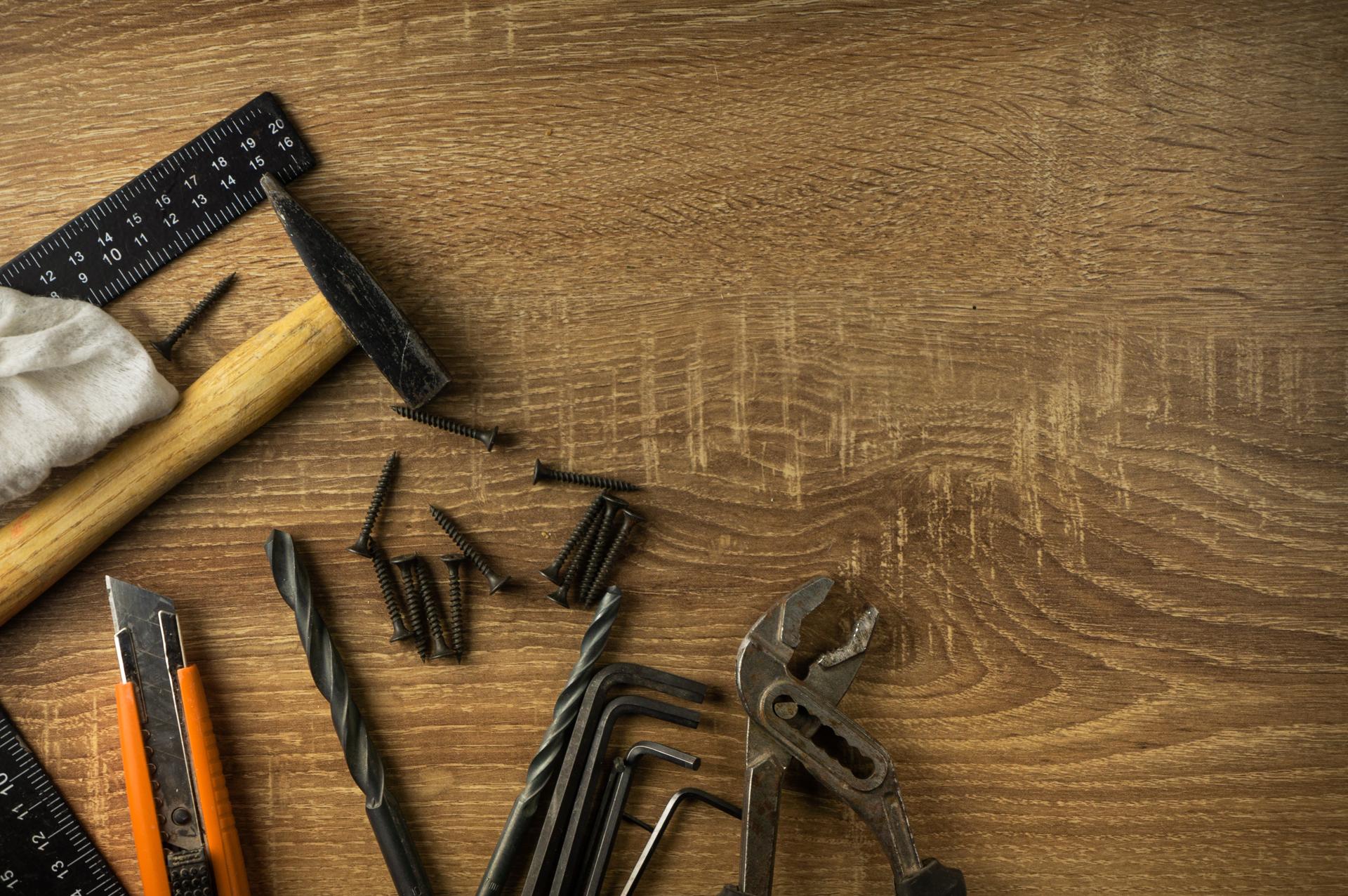DIY Plumbing: Tips and Tricks to Fix Common Problems at Home

They are an essential component of every home. If they are not maintained properly, they can become an issue for many, leading to inconvenience and expensive repairs.
There are numerous advantages to learning to repair small plumbing problems yourself, such as saving money and developing valuable skills. The following article we will discuss common plumbing issues and how to fix them yourself. them.
Common Plumbing Problems
Dripping Faucets
Dripping faucets aren’t just frustrating, but they also consume a substantial quantity of water in the course of time. The most common cause of the faucet to drip is a damaged washer, or an O-ring. To fix this issue switch off the supply of water for the faucet. take out the handle, then replace the damaged washer or O-ring.
Running Toilets
A toilet that is running is another frequent plumbing problem that could result in a significant loss of water. The most common cause is a faulty flapper valve that isn’t sealing properly, allowing water to leak from the tank to the bowl. To correct this problem shut off your water source to the toilet. open the lid from the tank, and change or adjust your flapper valve.
Clogged Drains
The cause of blocked drains is by a variety of factors, including soap, hair, and food particles. To resolve this issue you could try using the plunger or drain snake to get rid of the blockage. Alternatively, you can make a mix of baking soda and vinegar to dissolve the clog.
Low Water Pressure
Low pressure water in the pipes can be caused by various reasons, such as the buildup of minerals in the pipes or a defective pressure regulator. To resolve this issue, you can try cleaning the aerator or replacing the pressure regulator.
Tools required for DIY plumbing
To perform DIY plumbing, you’ll need a few essential tools such as the plunger, an adjustable wrench pipe wrench, Teflon tape, and a screwdriver. The tools you have on hand will make it easier to solve minor plumbing problems.
Safety Tips for DIY Plumbing
Safety must always be top of mind whenever you are performing any plumbing repair DIY. Some tips for safety to consider include turning off the water supply before beginning any repair, wearing safety glasses and gloves as well as keeping a first-aid kit in case of emergencies.
DIY Plumbing Techniques
To resolve common plumbing issues for common plumbing issues, you’ll need to learn a few DIY plumbing methods, such as how to turn off water flow and how to fix a dripping faucet, how to fix the issue of a toilet that is running and how to clear the drain, and how to increase water pressure. These tips can help you save time and money on small plumbing repairs.
Conclusion
In the end, knowing how to repair minor plumbing issues yourself can be beneficial in various ways. It’s not just a way to cost you less costs, but you will provide you with satisfaction and valuable skills. But, for more substantial plumbing issues, it’s always better to consult a professional plumber.
FAQ
Can I fix a plumbing problem myself?
Yes, you can fix minor plumbing problems yourself by learning some basic plumbing tips for DIY.
Which are the top frequent plumbing issues?
The most frequent plumbing issues are dripping faucets, running toilets clogged drains, and low water pressure.
What tools do I require to do my own plumbing?
You will need a few important tools, such as the plunger, an adjustable wrench, pipe wrench, Teflon tape, and the screwdriver.
Is DIY plumbing safe?
DIY plumbing can be safe if you follow safety guidelines and take proper precautions.
What is the best time to call a professional plumber?
You should contact a licensed plumber to address plumbing issues that require special equipment and expertise.
